#Sindh
Explore tagged Tumblr posts
Text


A Jain temple, presumed to be from the 15th century, at the bottom of Karoonjhar mountains in Nagarparkar, Sindh, Pakistan
31 notes
·
View notes
Text
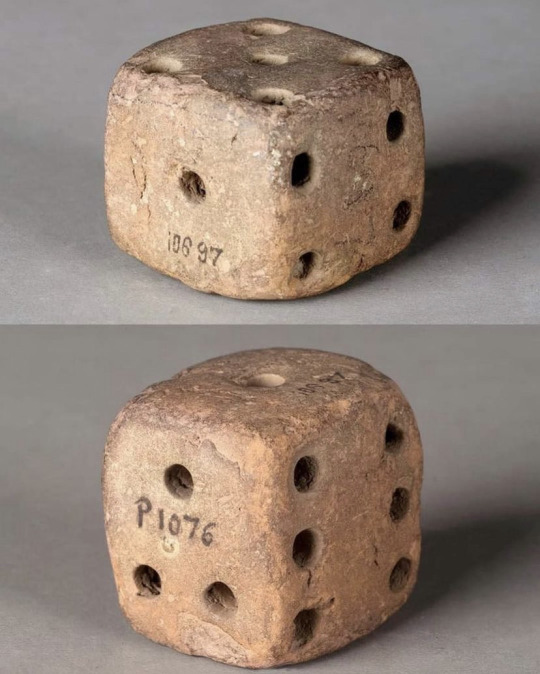
Pair of smol Terracotta dice
Harappa (2600-1800 BCE), an ancient city from the Indus Valley Civilization, modern day Punjab, Pakistan
Many were found in Mohenjo-daro as well, another central ancient city of the Indus Valley in modern day Sindh, Pakistan.
Mostly cube-shaped, sizes range from 1.2 by 1.2 by 1.2 inches to of 1.5 by 1.5 by 1.5 inches
#art#archaeology#sculpture#ancient#ancient art#harappan civilization#indus valley#indus valley civilization#african art#african culture#punjab#sindh#ancient culture
303 notes
·
View notes
Text









𝔰𝔦𝔫𝔡𝔥: 𝔅𝔞𝔟-𝔲𝔩-ℑ𝔰𝔩𝔞𝔪 𝔞𝔫𝔡 𝔱𝔥𝔢 𝔠𝔯𝔞𝔡𝔩𝔢 𝔬𝔣 𝔬𝔲𝔯 𝔠𝔦𝔳𝔦𝔩𝔦𝔰𝔞𝔱𝔦𝔬𝔫 🪔🪈🛖
#sindh deserves so much more hype and appreciation#i love sindhis and their culture sm#sindhi#sindhi aesthetic#sindhi aesthetic moodboard#sindh aesthetic moodboard#pakistan#pakistani#pakistan aesthetic moodboard#pakistan aesthetic#pakistani aesthetic moodboard#pakistani aesthetic#desi#desiblr#desi tumblr#desi aesthetic moodboard#desi aesthetic#sindh#pakistani tumblr#sindhi girl#sindhi boy#pakistani girl#pakistani boy
24 notes
·
View notes
Text

Sindh Muslim Women’s National Guard during marching practice, 1947.
LIFE magazine
#sindh#Muslim#women#1940s#20th century#life magazine#black and white#desi#people of color#poc#woc#women of color#pakistan
7 notes
·
View notes
Text
The reality around me feels like a disorder in the real, for we have constructed it not with critical thought, but through imitative behavior. In doing so, we've substituted genuine reality with the imaginary and the symbolic, creating a perpetual loop of hyperreality.
I find myself unable to reconcile with this fabricated world, as it exists in a constant state of chaos. Every interaction, every observation, and every moment spent with others only deepens my sense of alienation, embellishing my awareness of the fragility and dissonance inherent in the human condition. In a city like Karachi, where the pulse of life relentlessly beats, I cannot help but perceive its people as inhabiting a 'modest-graveyard of humanness'—a colony not of free individuals, but of souls (in it's very materiality) trapped in an endless cycle of societal decay, denseness and, cold.
This sense of disconnection is only intensified after engaging with spaces like LinkedIn, where the ceaseless chase for superficial success and hollow aspirations further alienates me from the raw, authentic human experience.
10 notes
·
View notes
Text
“𝘐 𝘬𝘯𝘰𝘸 𝘺𝘰𝘶'𝘳𝘦 𝘵𝘪𝘳𝘦𝘥 𝘣𝘶𝘵 𝘤𝘰𝘮𝘦, 𝘵𝘩𝘪𝘴 𝘪𝘴 𝘵𝘩𝘦 𝘸𝘢𝘺.”
- 𝐉𝐚𝐥𝐚𝐥 𝐚𝐝-𝐃𝐢𝐧 𝐌𝐮𝐡𝐚𝐦𝐦𝐚𝐝 𝐚𝐫-𝐑𝐮𝐦𝐢
Follow me on instagram
📍Shah Jahan Mosque, Thatta Makli, Pakistan

#ramadankareem#ramadan mubarak#ramadan#ramzan#رمضان#رمضان مبارك#رمضان كريم#رمضان 2024#jummahmubarak#jummamubarak#jummah#jummablessings#جمعة مباركة#جمعه مباركه#جلال الدين الرومي#rumiquotes#rumic world#sufipoetry#sufi#jalaluddin rumi#mevlana celaleddin rumi#rumi#english writers#architecture#mosque#islamic architecture#art#masjid#pakistan#sindh
30 notes
·
View notes
Text
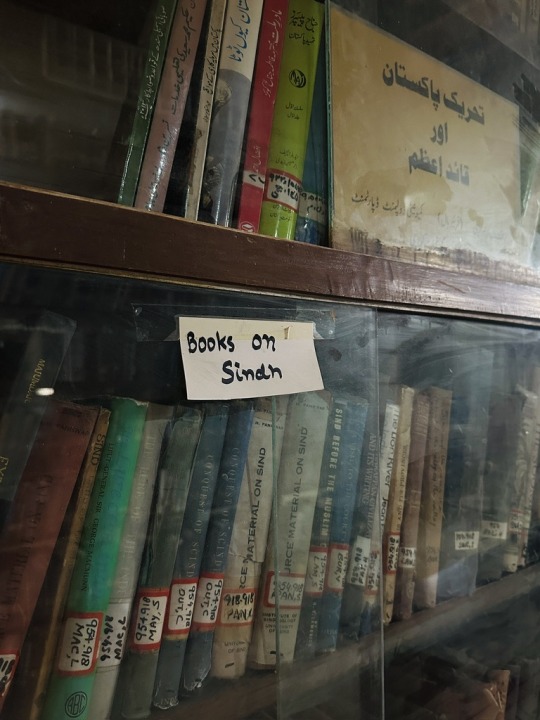

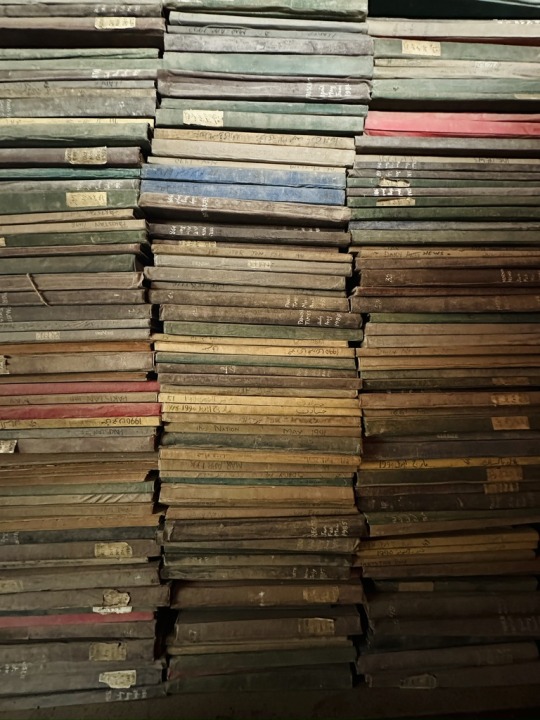
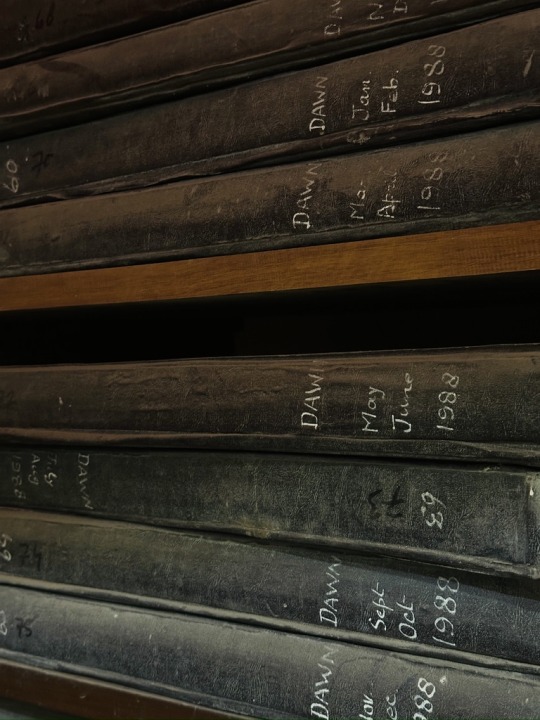
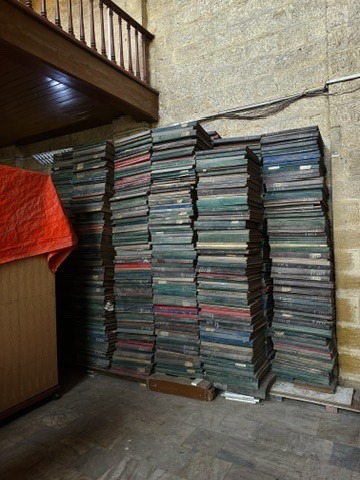

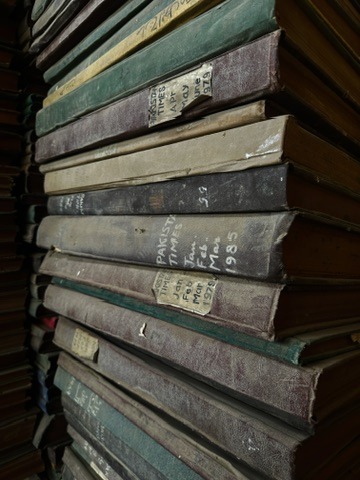
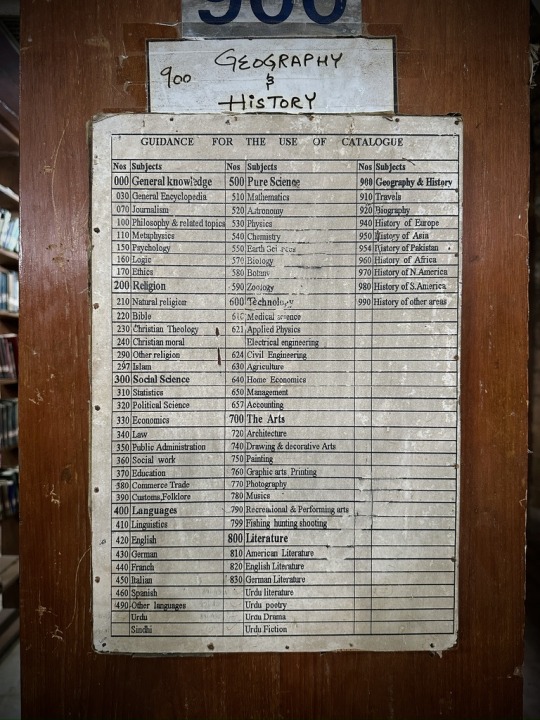
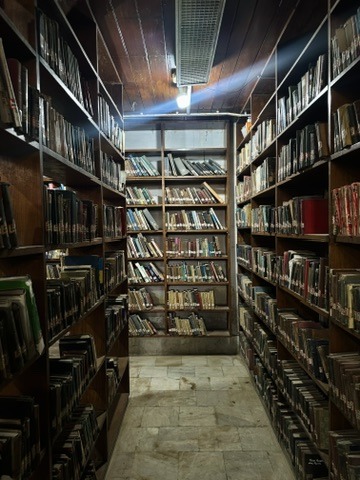



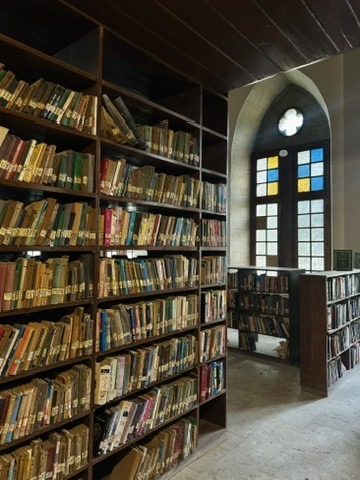
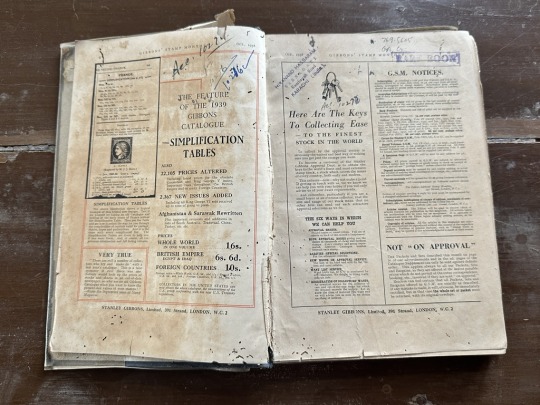
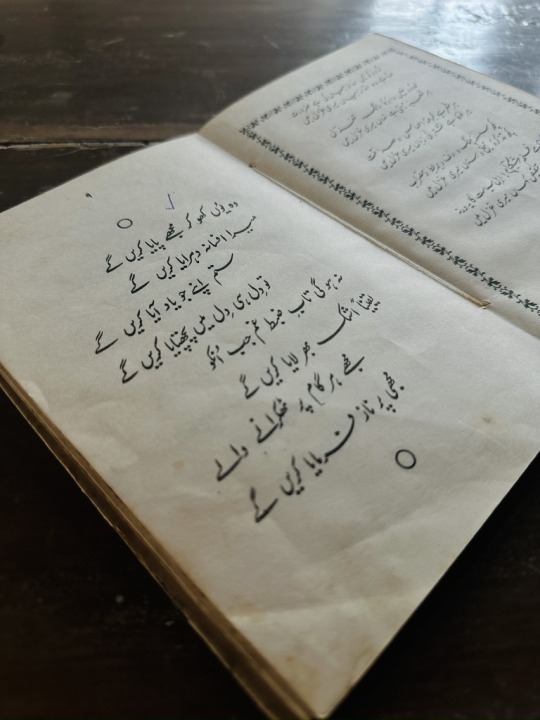

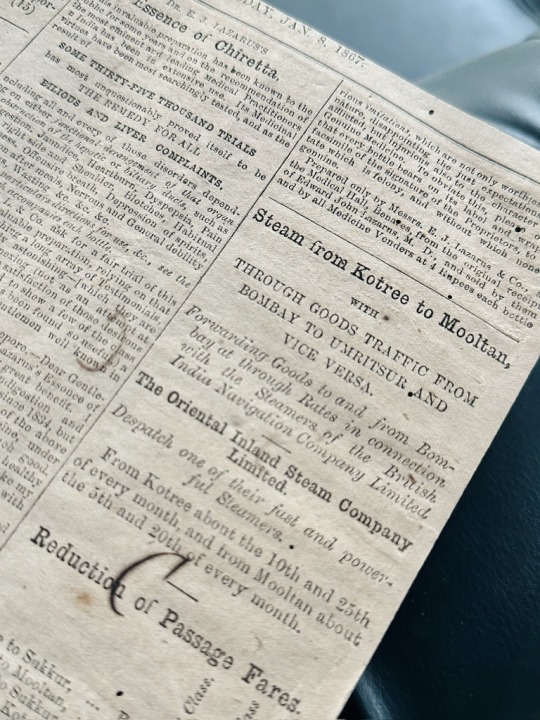
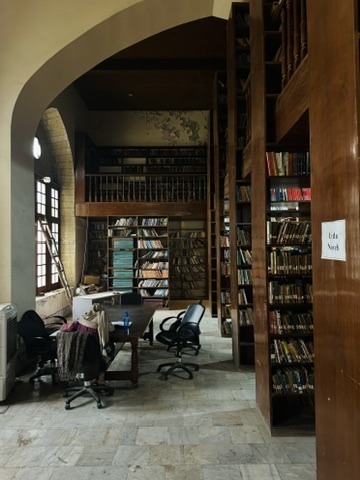

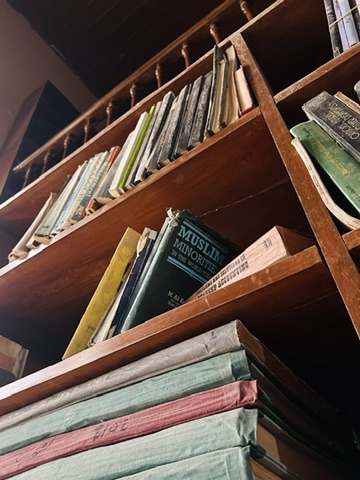
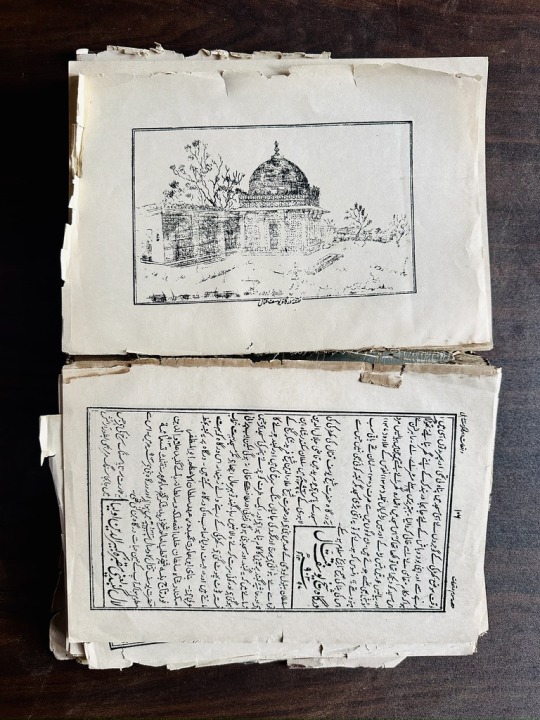

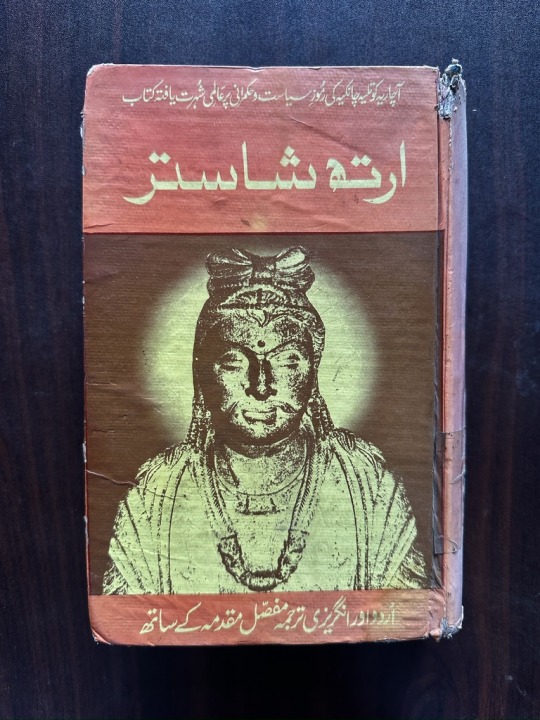

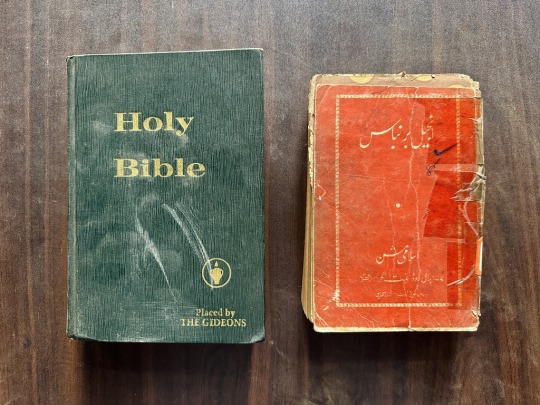



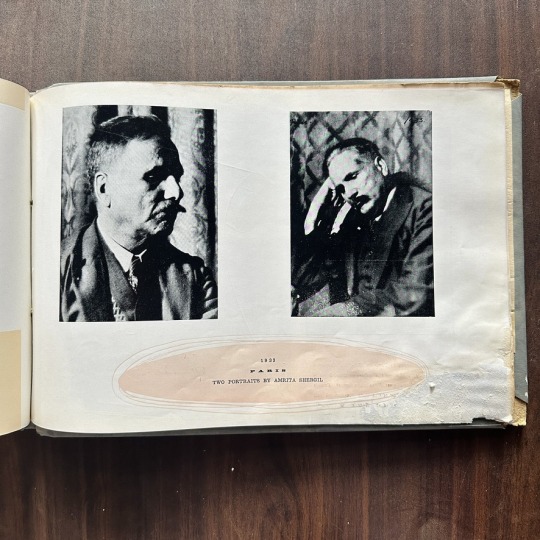

The scent of old paper is the ideal perfume for the bibliophiles soul.
Location: Frere Hall, Karachi
© Mariam Magsi 2024
#library#bibliophile#books#Frere Hall#pakistan#sindh#heritage#culture#South Asia#travel#explore#mariammagsi
12 notes
·
View notes
Text
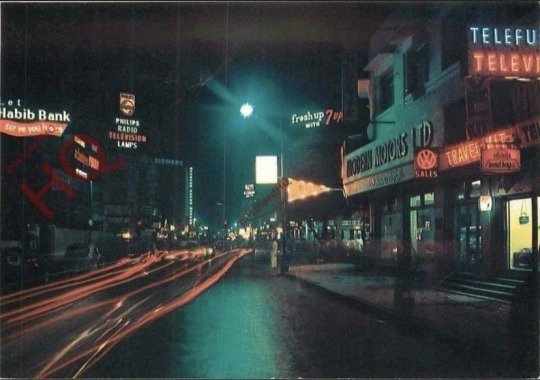
A night view of Victoria Road Karachi, c.1960's
#Pakistan#Karachi#victoria road#sindh#south asia#1960s#60s Pakistan#neon#neonh lights#photography#own post#q
21 notes
·
View notes
Text
Hindustan, India, where do the names come from, why? Why does the world use them?
Well, let's look first at other countries like Japan (Nippon) - Land of the Rising Sun or where the Sun Rises. This is what Japan's always called itself.
Others, over time, language, translation led to, and made stick, Japan. It's like how Germany is actually Deutschland to themselves, technically. This is what's known as an Exonym, or name given/used by other people/country outside the one being referenced. This is led to creation of myths, stories, fairy tales, and more about cultures as well. Back to India.
Well, the original people behind the connection to the name are best known as the Indus Valley people/civilization.
But that's not what they were called amongst themselves. No. In fact, these people who originated and farmed the Sindh valley/Sindh river, were first given their eventual "Indus related" name but the Persians.
When the Persians first started interacting and trading with the people we know as Indus Valley, they referred to them as the people of the Sindh river or valley, however, in their native tongue, the S became an H.
So the Hindh valley, Hindh people. Eventually the greeks and romans would show up, and call them the Indos, or Indus people for the river (as translated into their tongues...remind me again how many river based names there are again in the world, even for.....just river itself) go figure. Because people usually fucking set up near rich fresh water sources cuz... we need it to live. That's why people set up along the Nile too. And...well, everywhere. Water kinda important.
The Indus valley people were not Hindu as we know it today. In fact, at one point, they practiced a religion older than the vedic, we just don't know what that is do to proto indo european influences and the impact they had in forming the vedic era pre Hindu.
Continuing. Now we reach the eventual evolution of Hindhu through the word and alteration of Sindh/Sindhu people - of that river/past it.
Stan. Well, in Sanskrit there is sthāna - or place. And in Persia, there is stan (a suffix you see in many Islamic countries as well given the evolution of the language), and the similarity in sanskrit and ancient persian is likely because of PIE influences in both of them so, outside countries started using interchangeably (and of course eventually so do the people within an empire when you're trading and referring to yourself and building alliances, agreements or going to war) you adopt those terms: Hindustan, or India. But Hindustan was never meant to be the land of the Hindu (in terms of religion) because it was a given name by the river, and we're talking about the vedic religion.
Now, I left one name out of here, because it is specifically NOT an exonym. It's the name India historically identifies with from within its own epics, including the most well known, Mahabharata (romanized/english) said closer to (god it's hard typing these sounds in freaking english): Mah-bharat.
Bharat is the key there. So, what's it mean?
Well, it's important to note the word first comes from Bhāratavarṣa - which comes from the Vedic people Bharatas - who are first mentioned in the Rig Veda.
They are the principle people who come from Aryavarta - land of the Aryans, which is why the word is still word in Indic languages, and even a used name. Like, it's a used name for real. You'll meet guys called Aryan.
Anyways, continuing. So, the oldest known name for Indian proper, and you might if you pay attention to Indian news see this making a comeback, is Bharat.
To many from the outside, it's come off heated, people are unsure why, and so on for the name change. But honestly? It's just what India was once called. It's no different than when Mumbai replaced in name Bombay. That name, Bombay was given by the Portuguese. Later (I can't recal the year, someone comment it) the Indian government decided to change the name and reclaim it to Mumbai. But someone asked me about this recently like why all the Bharat stuff and talk online in places.
For anyone who's seen it and wondered, I hope this helps.
It's a history of language, names, and other people sometimes making names stick and translation and evolution of words and culture and empires.
Closing with how did India come to stick? Latin. Then everyone who inherited the legacy, evolution of the language, and the love - all the romance languages that built on it. Eventually, by the 16th or was it 17th century, most of the world started calling it India when they
traded, colonized more, w.e.
The Latin transliteration of Indos, Indica - India.
But the term was used sort of before.
Herodotus in his writings mentions the Indus people, and then calls on of them, "An Indian."
But, yeah, it was never a name for/from those the land themselves.
#Hindustan#India#Japan#Nippon#The Land of the Rising Sun#language#translation#Exonym#Indus Valley#Persians#Hindh Valley#Indos#Indus#Sindh#Sindhu#Bharat#Aryavarta#Older names#ancient names#How india got its name#history of language#history of names#names have meaning#what's in a name#evolution and culture#they didn't name themselves#this is what they were called#new facts#learn something new#did you know?
3 notes
·
View notes
Text


The traditional dress of Ghagra choli, Sindh, Pakistan
8 notes
·
View notes
Text

#poetry#ali gohar jatoi#aligoharjatoi#photoshop#adobe#authors#books & libraries#branding#character design#data science#design#digital illustration#sindhi people#sindh#river#pakistan#public figure#historical people#$#personality#education
2 notes
·
View notes
Text
youtube
Dawat-e-Biryani
Dawat Yan Banquet is proud to present Dawat-e-Biryani, a collaboration between Mariam Magsi and her beloved, Gordan Sumanski. Biryani has the ability to bring people together. The yield is large, enough to satisfy all that partake in the eating of this layered, complex, historical and dynamic rice-based dish. Biryani is enjoyed in a variety of unique ways. In some parts of South Asia, like in the Sindh province of Pakistan, it is consumed with potatoes, while in other parts of the continent, such as South of India, it is eaten with eggs. Depending on the area, community, province and even family, within Pakistan itself, Biryani is created and consumed in many diverse ways and there are many healthy rivalries and culinary competitions amongst varying communities, about whose is the most authentic.
Within one Pakistani household, some members of the family may enjoy plums in their Biryani while others forego the dried fruit. Some folks like it plain, while others drown their Biryani in Raita (yogurt with cucumber). Some people eat it with their hands, while others prefer to cradle the colourful grains of rice with spoons and forks. Some like it sweet and spicy, and may even mix Zarda (a vibrant, colourful, sweet rice-based dish) with their Biryani, while others find the sweet and savoury mix to be an absolute abomination.
One aspect that qualifies Biryani for the Dawat Yan Banquet is the dish’s unique ability to unite people from all backgrounds, in feast, and in community, making the basis for the Dawat Yan Banquet. The food is inclusive, historical, and has connections to the Old Silk Road. Regional variations have all the common elements, the cause and effects of historical trading, and colonialism in the South East Asian subcontinent. Biryani brings a unique perspective to Dawat Yan, making the viewer question borders, race, culture and authenticity.
Dawat Yan Banquet is virtually hosted by Eric Chengyang and Mariam Magsi between the months of February and April, as part of the Art Gallery of Ontario's AGOxRBC Artist in Residence program, 2022. The Dawat Yan Banquet is part of Dawat Yan Project: dawatyanproject.tumblr.com - Visit the blog for archives, audio+video interviews, recipes, historical food tours, poetry and more.
Video Credits-:
Featuring: Gordan Sumanski Videography: Mariam Magsi Audio + Video Editing: Mariam Magsi
Audio Credits-:
Poetry: Adeen Taji aka Mohtarma Rubina Magsi Vocalist: Ustad Ghulam Abbas Album: Thehriye Production Studio: Saregama, 2017
Location: Toronto, Canada Archives derived from the Magsi family in Karachi, Pakistan
#dawatyanproject#gordansumanski#mariammagsi#toronto#pakistan#karachi#sindh#biryani#food#love language#Youtube
3 notes
·
View notes
Text
dailymotion
Mohenjo-daro is an archaeological site in Larkana District, Sindh, Pakistan. Built c. 2500 BC,Like a wonder in the World.
#Mohenjo-daro#archaeological site#Larkana District#Sindh#Pakistan#Indus Valley Civilization#2500 BCE#urban planning#drainage systems
1 note
·
View note
Text
Allan Faqir--the voice of soulful Sindh
You know what the expensive restaurants say on their menus: Good food takes time. Please be patient. The same applies to this music by soulful Sindhi folk artist Allan Faqir. This is not the musical equivalent of McDonalds. Rather it is an expensive meal in a fine eatery. It is something not to gobble down in a few minutes but rather something to savour and luxuriate in. Rather than food, the…

View On WordPress
3 notes
·
View notes
Text

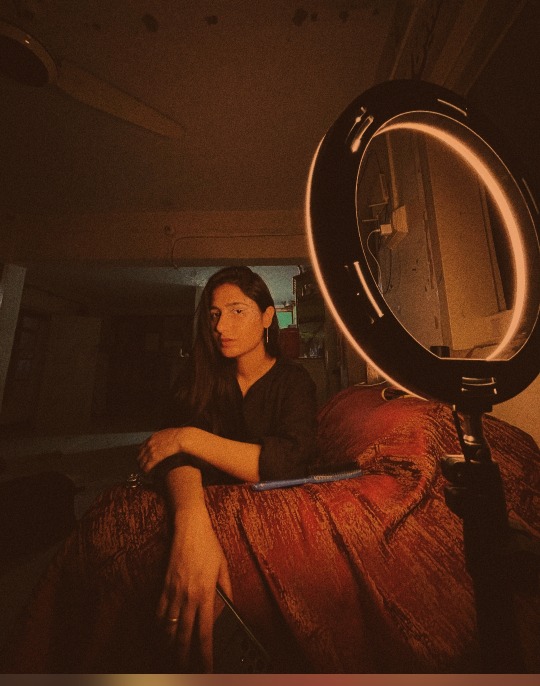

Jal Jo Chukay Khwab, main Unki Raakh hun
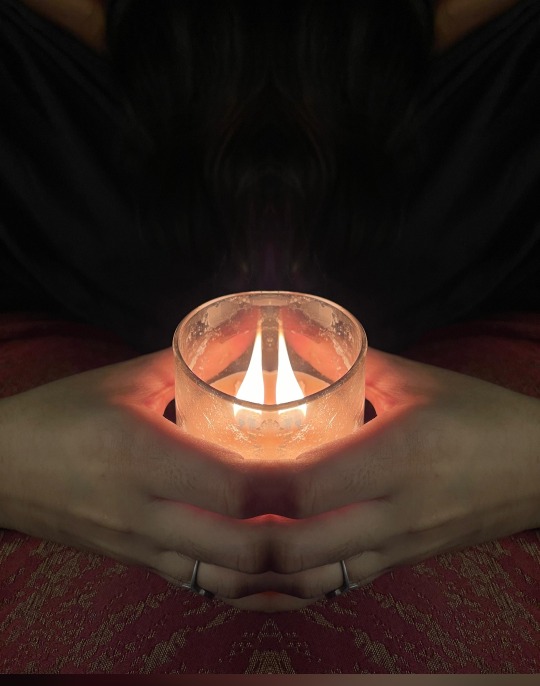


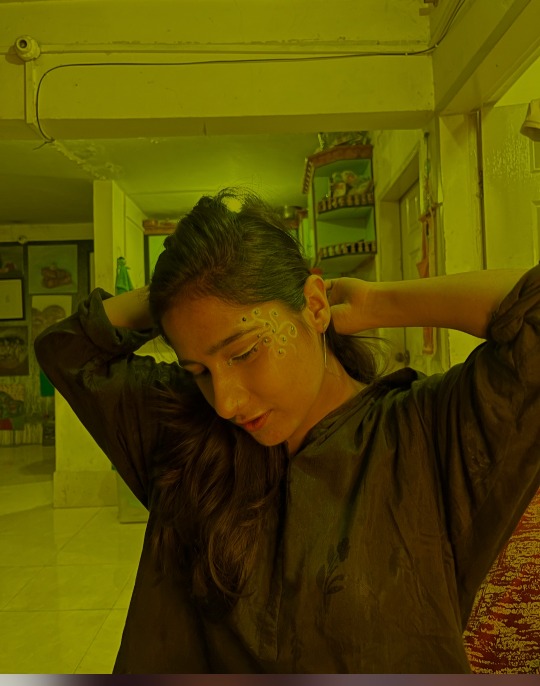
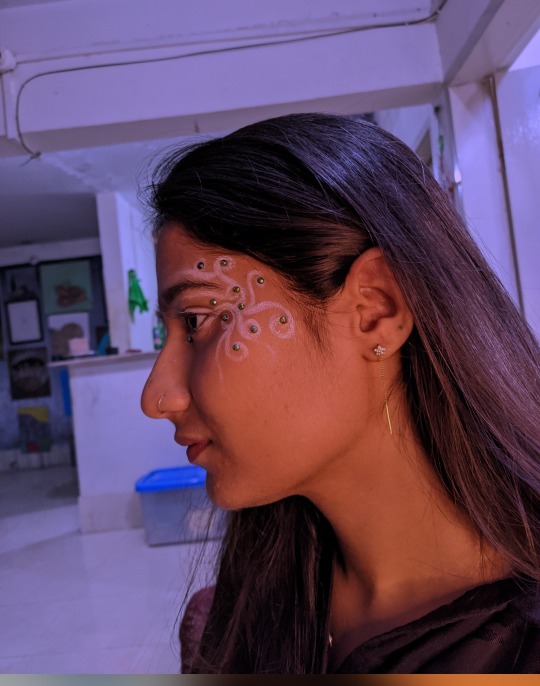
Tahreem 🌻
Khaile The Lafzoon ke, Ho Gaye Khatam
Buss kehne ko The, Hum Tum Hum-Kadam
(Hyderabad, Sindh)
#thelifeofjoun#sindh#music#tumblr#tahreem#hyderabad#sindhu#fine art#candles#photography#philosophy#Spotify
3 notes
·
View notes
